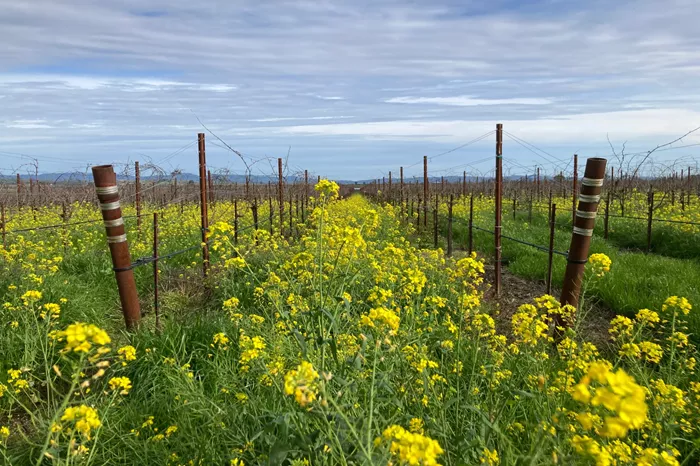Cultivating an Earth-Friendly Garden with Cover Crops.
To create an eco-friendly garden, consider planting cover crops. These plants are grown to enhance soil health rather than for harvest. After finishing the tomato season, I prepare my garden for the next year by reusing my raised beds. Due to limited space for crop rotation and a lack of time for winter planting, I adopt a no-till approach. This method minimizes soil disturbance, promoting healthier plants. Additionally, winter rains provide adequate irrigation.
Benefits of Cover Crops
Cover crops offer numerous advantages. Their roots improve soil structure, allowing better water and nutrient flow. A better soil structure also supports beneficial microorganisms, which are vital for nutrient cycling and overall soil health.
These crops help reduce soil erosion by providing ground cover. Fast-growing varieties, such as buckwheat and rye, quickly establish themselves and create a dense canopy that suppresses weed growth. Cover crops also conserve water by enhancing the soil’s water retention capacity.
Certain cover crops can control pests, with mustard plants being effective against harmful nematodes.
Legumes, part of the Fabaceae family, fix nitrogen in the soil. The roots of these plants contain sugars and mucilage that feed soil fungi, which help maintain soil structure. Furthermore, cover crops contribute to soil health and combat climate change by sequestering carbon. They capture atmospheric carbon dioxide (CO2) through photosynthesis and store it in the soil, thereby reducing greenhouse gas levels.
Legumes like clover, vetch, peas, and beans form nodules on their roots that host Rhizobium bacteria, responsible for nitrogen fixation. To ensure the right bacteria are present, applying an inoculant to the seeds is beneficial. Some seeds come pre-inoculated, or you can purchase and apply inoculants yourself.
Cover crops can enhance biodiversity and provide habitats for beneficial insects and earthworms. Plants such as borage, mustard, radish, fava beans, and buckwheat bloom and attract pollinators. For example, crimson clover not only adds organic matter and fixes nitrogen but also attracts beneficial insects and offers nectar for bees and butterflies. Using cover crops can reduce the need for chemical fertilizers and pesticides.
Planting Cover Crops
Timing: Plant cover crops whenever the soil is bare.
Winter Planting: In winter, use brassicas (like mustard, daikon radish, and rapeseed), legumes (such as bell and fava beans, vetch, peas, and clover), and grasses (like annual rye and barley).
Summer Planting: In summer, plant buckwheat, Phacelia tanacetifolia, and Queen Anne’s lace (Daucus carota).
To plant cover crops, rake the soil smooth, removing any large debris from previous crops. Broadcast the seeds at the recommended rate and depth, then cover them as instructed. Water if necessary until it rains.
Harvesting Cover Crops
Timing is crucial for harvesting cover crops. If you plant in September or October, you can harvest in February or early March. When the crops are 25% to 50% in bloom, chop them up and dig them into the soil. For fava beans or bell beans, harvest them when flowering but before the beans form. You can set aside some for eating, as the leaves and flowers are also edible.
After harvesting, pile the shredded material and wait three to six weeks for it to decompose. This “green manure” adds significant nitrogen to the soil, preparing it for the next planting. You can also add shredded cover crops to your compost pile.
Using cover crops can restore soil health, leading to a thriving garden.
Related topics:
- Turkey’s Viral Yogi Flower: Is It Genuine or AI-Generated?
- Top 7 Plants for Boosting Mental Health in Your Tranquil Garden
- How Thirsty Are Your Crops? Understanding Parched Plants


